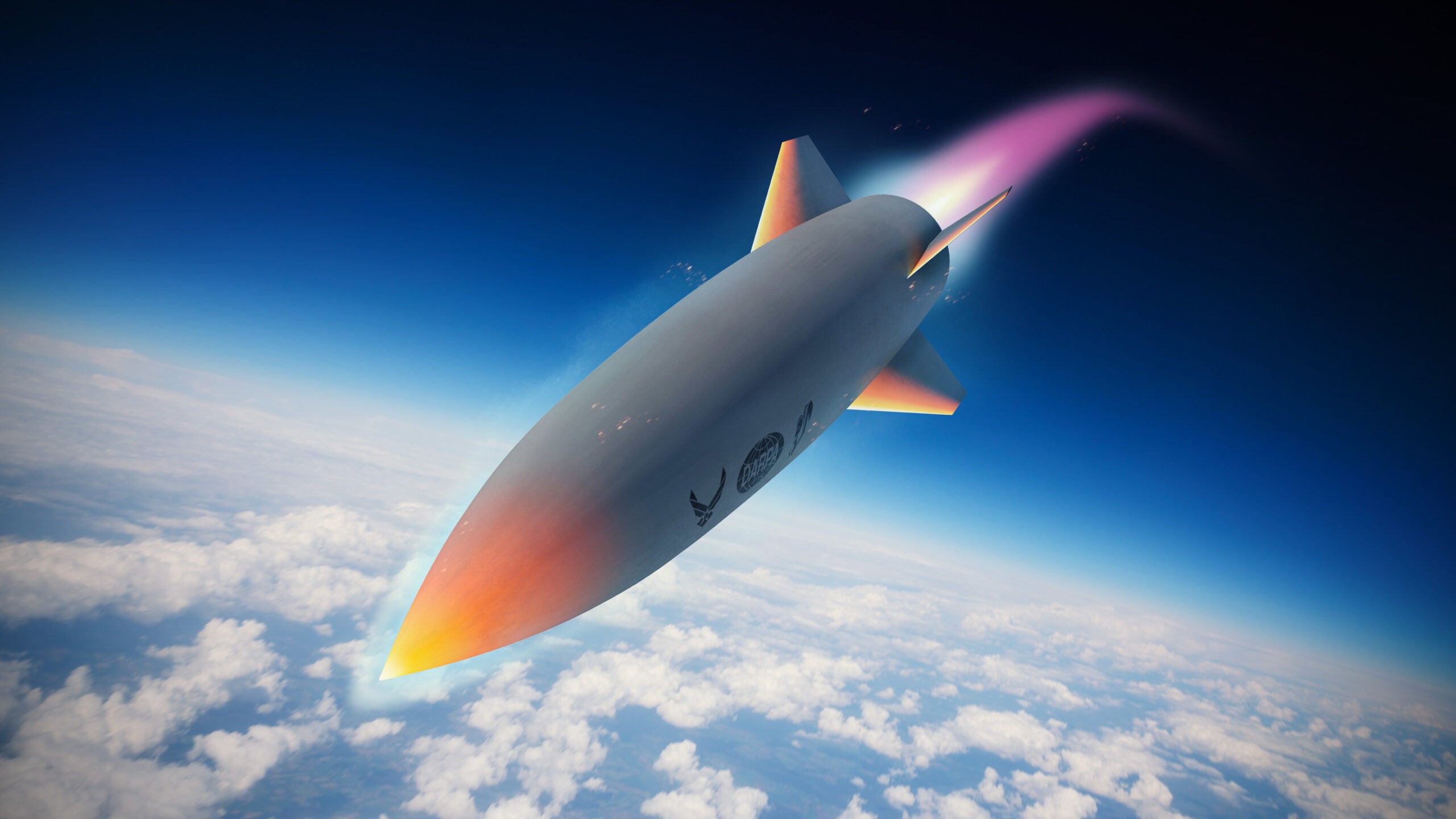
The US Defense Advanced Research Projects Agency (DARPA) has conducted the second flight test in the Hypersonic Air-breathing Weapon Concept (HAWC) programme.
The flight was performed jointly with its US Air Force (USAF) partners, Air Force Research Lab (AFRL), Lockheed Martin and Aerojet Rocketdyne (AJRD).
The test involved the release of the vehicle from a carrier aircraft followed by boosting it to its scramjet engine ignition envelope.
Afterwards, the Lockheed Martin HAWC vehicle accelerated to a speed of more than Mach 5, which is five times the speed of sound.
It reached altitudes exceeding 65,000ft and remained airborne for more than 300nm.
DARPA Tactical Technology Office HAWC programme manager Andrew Knoedler said: “This Lockheed Martin HAWC flight test successfully demonstrated a second design that will allow our warfighters to competitively select the right capabilities to dominate the battlefield.
How well do you really know your competitors?
Access the most comprehensive Company Profiles on the market, powered by GlobalData. Save hours of research. Gain competitive edge.

Thank you!
Your download email will arrive shortly
Not ready to buy yet? Download a free sample
We are confident about the unique quality of our Company Profiles. However, we want you to make the most beneficial decision for your business, so we offer a free sample that you can download by submitting the below form
By GlobalData“These achievements increase the level of technical maturity for transitioning HAWC to a service programme of record.”
According to DARPA, air-breathing missiles use the captured air from the surroundings to achieve desired propulsion.
The hypersonic cruise missiles provide speed and manoeuvrability that provides quick strikes and evasion of defensive abilities.
The kinetic energy of such vehicles can destroy targets without using high explosives.
Knoedler added: “We are still analysing flight test data but are confident that we will provide the US Air Force and Navy with excellent options to diversify the technology available for their future missions.
The USAF and DARPA jointly launched the HAWC programme to develop an air-to-air hypersonic cruise missile.
Under the HAWC programme, DARPA also conducted the first flight test in September last year using a different vehicle configuration from a team of different contractors.







